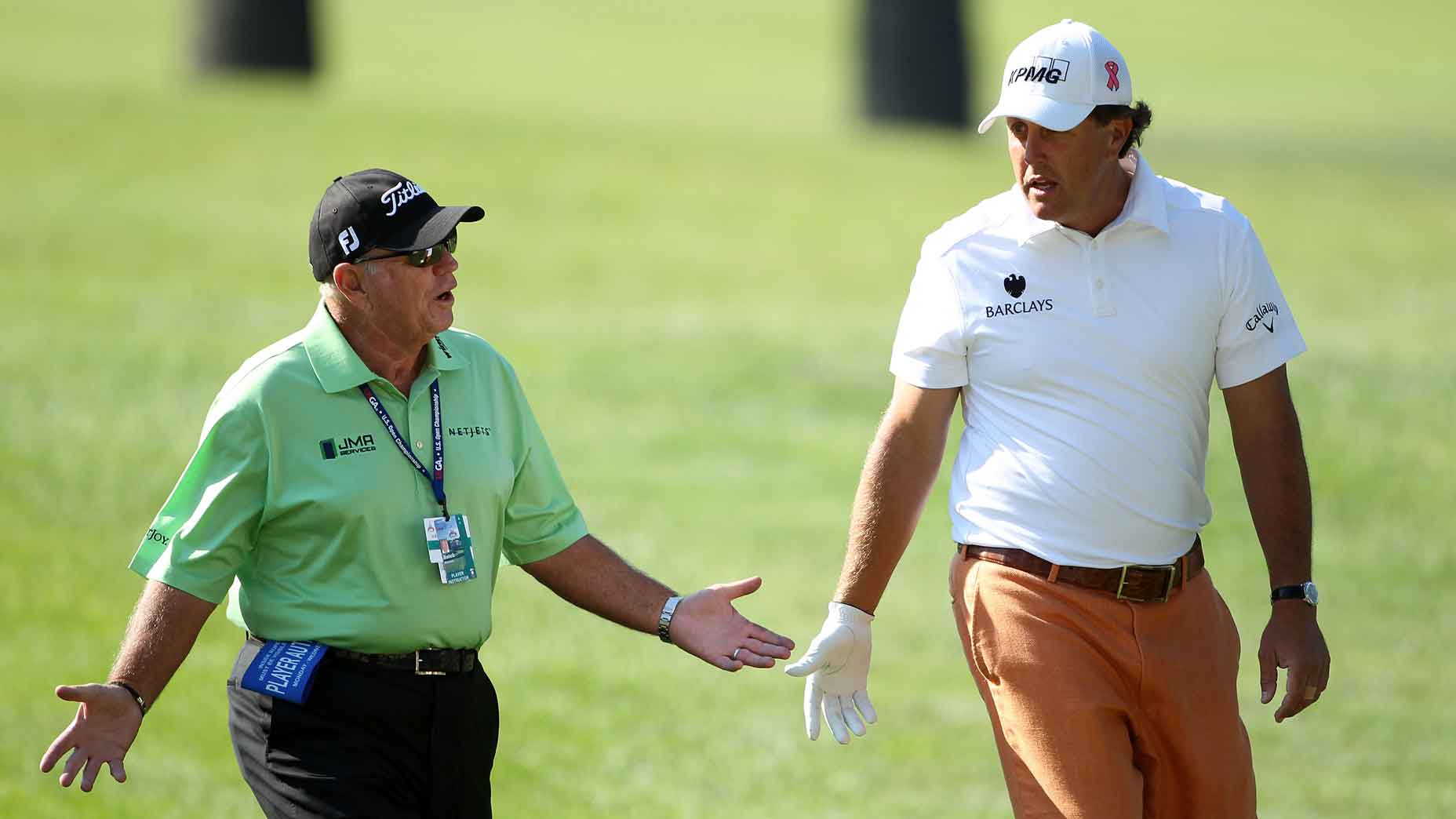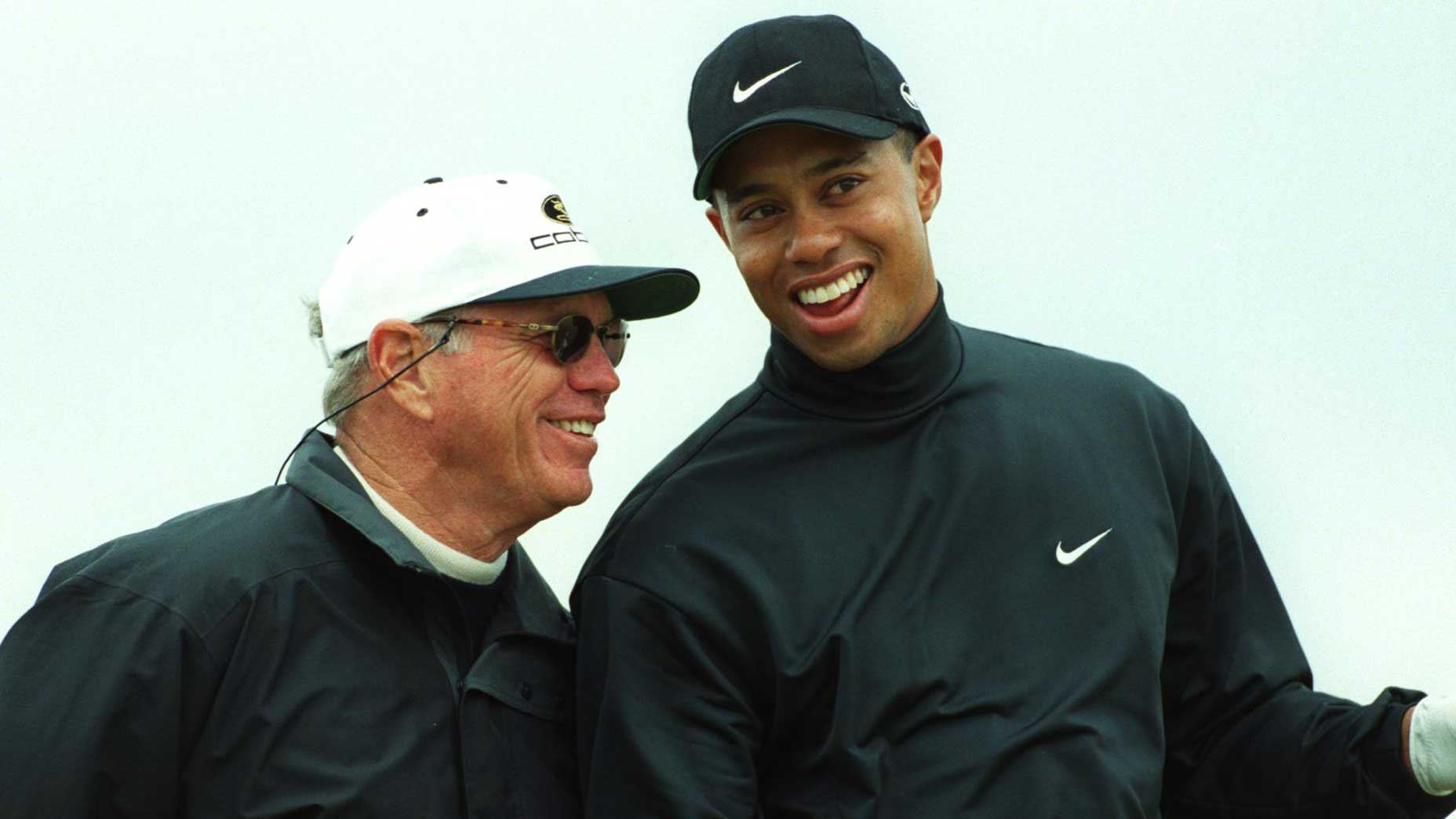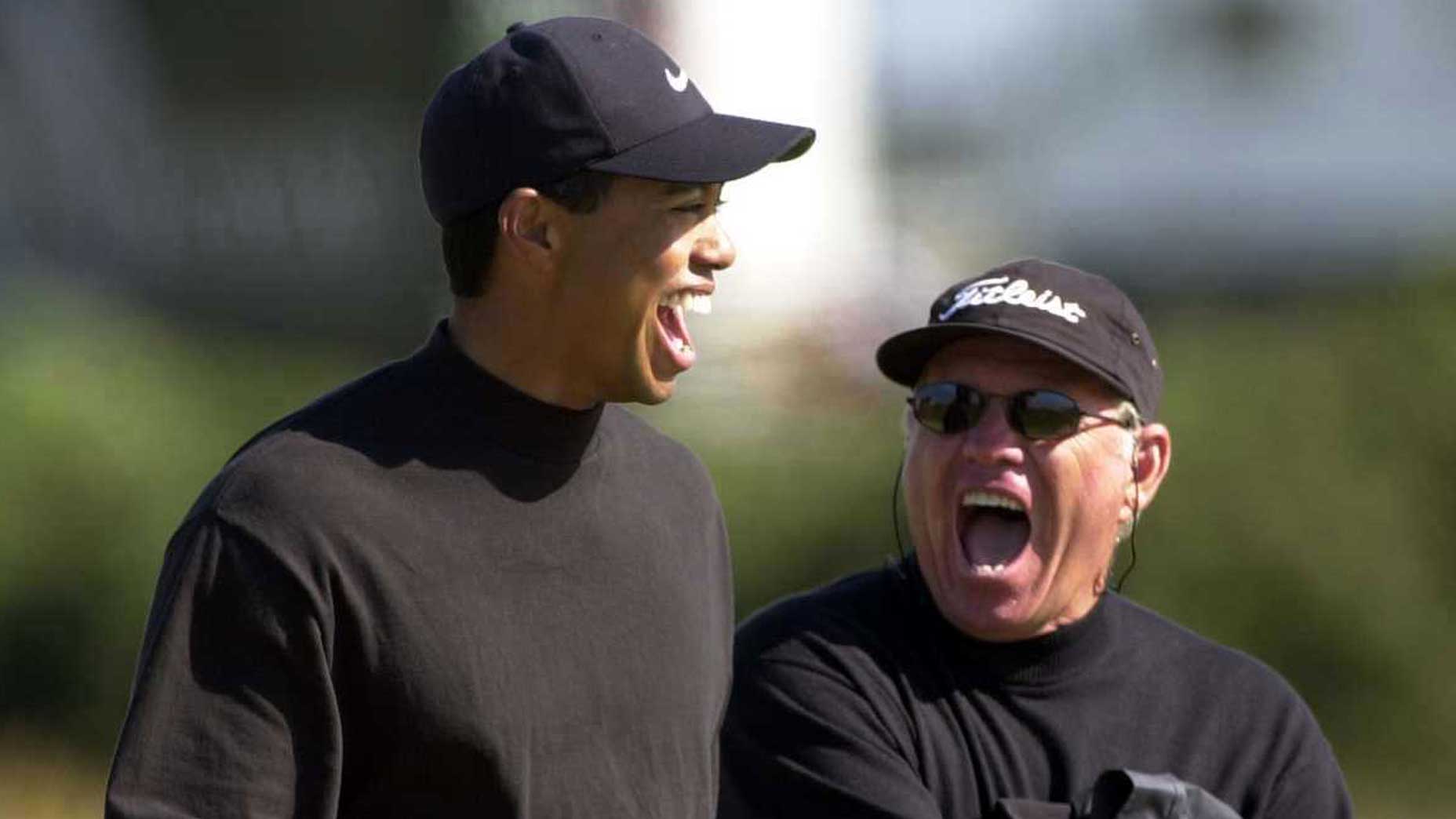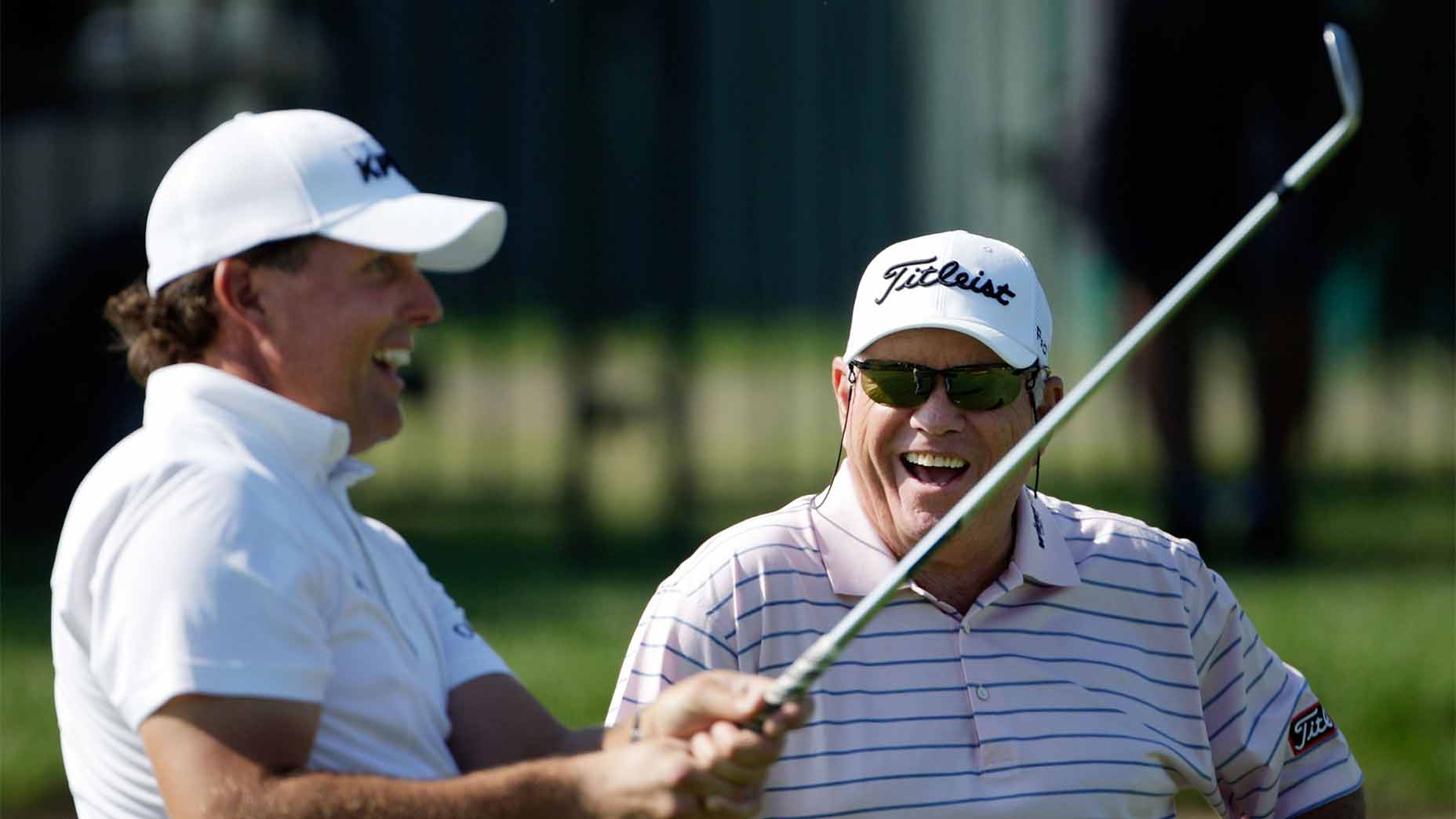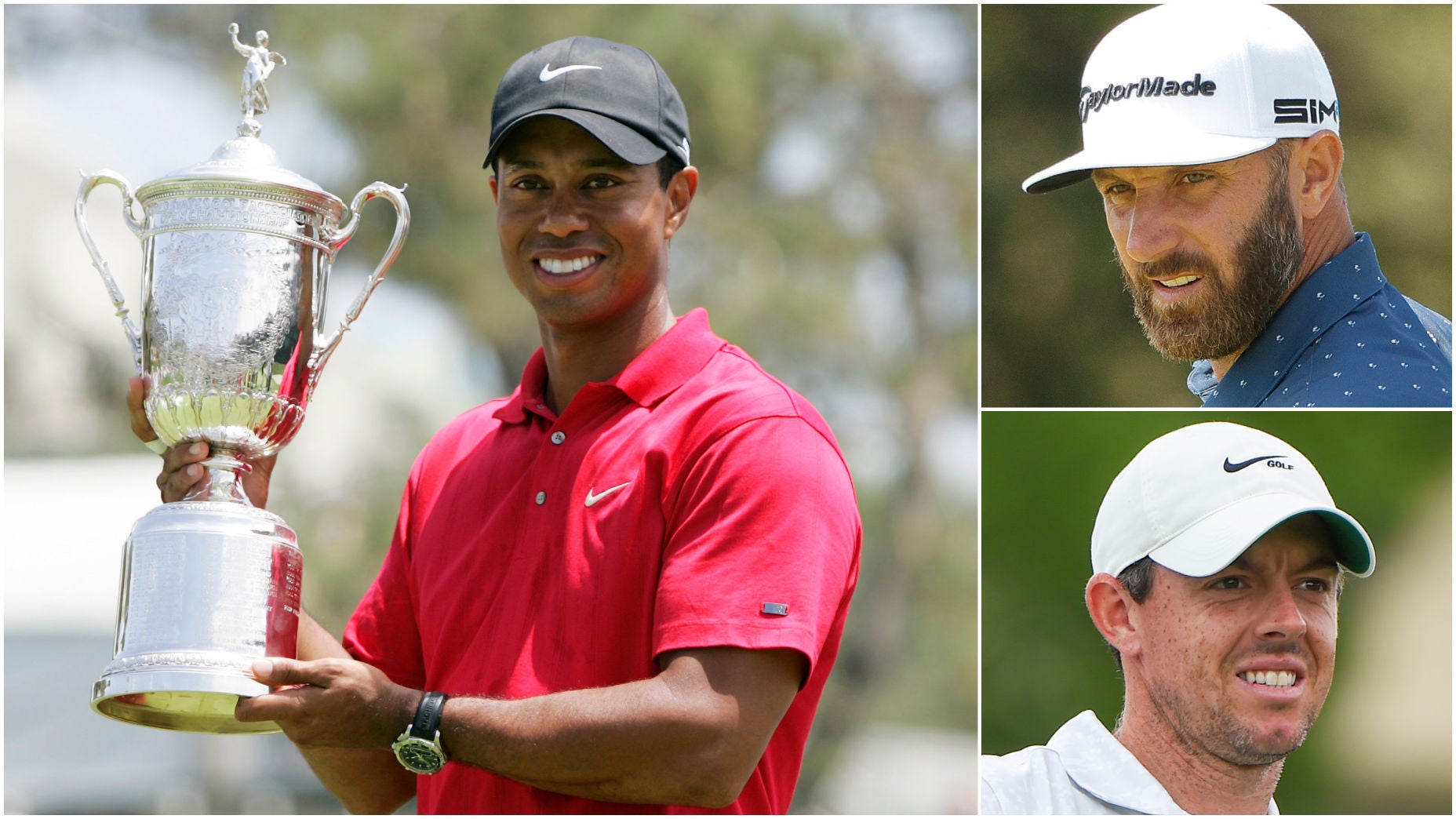6 Hall-of-Fame tips from Butch Harmon that can help every golfer’s game

When Butch Harmon listens, take note.
Getty Images
Ask golf teachers who the best coach on the planet is, and the answer will likely be Butch Harmon, the coach who oversaw Tiger Woods’ rise, helped solidify Greg Norman as World No. 1, and worked with Phil Mickelson when he won four majors.
Which is why I decided to re-listen to this fabulous On The Mark podcast from May, when host Mark Immelman was joined by Hall of Fame teacher Butch Harmon to share his pearls of wisdom. There were lots of them — it’s well worth listening to the podcast in its entirety — but here were a few of my favorites.

1. Keep steel in the left wrist, not linguine
Butch’s first piece of advice was a hand-down from his father, who believed strongly in hitting a fade for its consistency, and did so by keeping his lead wrist firm and flexed through the hit. As Butch recounts:
“He used to talk about the back of the left hand, in a right handed golfer, the bow in the left wrist, keeping the clubface square through impact. His line was, ‘You see boys, when I hit it, I have Bethlehem steel in the left wrist, you’ve got linguine in there flopping all over the place.”
2. A clubface too closed is better than too open
Butch pointed to players like Brooks, DJ, and Rahm for his next nugget, saying that if he had to err with a clubface being too open or too closed at the top of the backswing, he’d choose one that’s slightly too closed, even though it’s not something he’d teach to everyone:
“If you had to error, I’d rather see someone shut at the the top than wide open, because if you’re shut at the top and have any strength at all, you can hold [the clubface] off as you go through, or you can let it release it if you want to hit a draw. If it’s wide open at the top, you need to do a lot of catching up with your hands and it disrupts the timing of the golf swing.”
3. You can teach golf to people, or people to play golf
Butch says he took pride in his large array of students having different swings. He says it’s an important thing for golf teachers to keep in mind, along with students themselves, who shouldn’t try to copy other people’s golf swings because they seem to work for them.
“There’s two things you can do: You can teach golf to people, or people to play golf. We in our family, we’re trying to teach you to play golf, we’re not trying to teach you a golf swing, because everyone is different.”

4. The secret to golf is repetition
What is the secret to golf? According to Butch Harmon, it’s repeatability. “I don’t care how you do it,” he says, “just do it.”
He continued:
“Anybody who loves golf should go to St. Augustine to the World Golf Hall of Fame, because there’s hundreds of strange-looking swings in there, and they all work. Because the secret to golf is repetition. Look at Jim Furyk, he’s just about to turn 50, he still competes on the PGA Tour with a swing that…if his father had changed that swing to make it look perfect, we’d have never heard off Jim Furyk. [The legends of golf] had a lot of strange characteristics in their swing. The common thread was getting the club square at impact and being able to repeat it time and time again.”
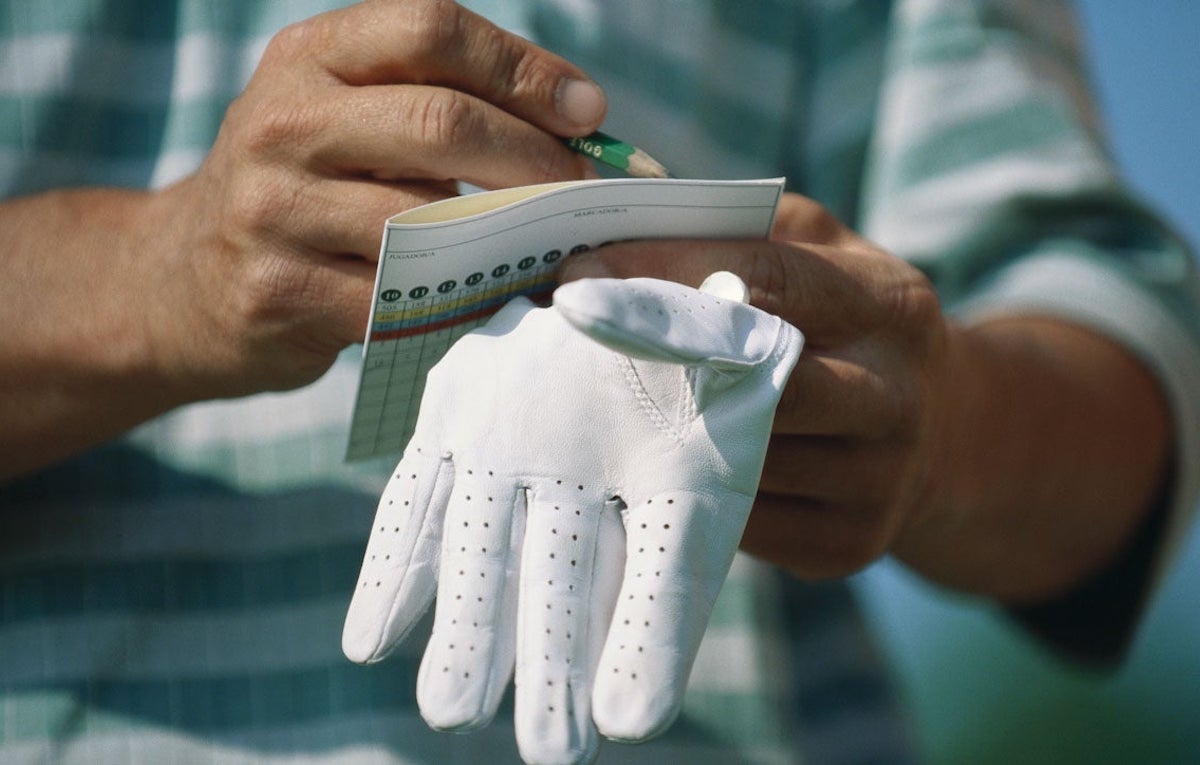
5. Make the game simple
Golf is hard, and very complicated, so Butch’s advice is to focus on making the game simpler. Find a teacher who will help you do that, and prioritize it in your own game:
“The old-timers, they made the game very simple. They talked about a position here to help do this. Nowadays they’ve got all this ground force, and ‘hit up on it,’ and all these angles; Trackman says you’re four degrees from the inside and three degrees down; well why the hell don’t you tell the guy why they’re doing that, instead of throwing out some numbers?”
He continued:
“Golf is a very difficult game, but young instructors make the game more difficult than it is. We were taught that you need to teach golf at a second-grade level. Basically, that a kid in second grade will understand what you’re talking about.”
6. Shanks are caused by a clubface that’s too closed
Shanks can be caused by both a clubface that’s either too open or too closed, but “most people don’t realize” that a clubface that’s too closed is the most common cause of the shanks, Butch says.
“Most shanks with a full swing are hit with a closed clubface. You can tell that by looking at how skinny the divot is, because the toe hits the ground, the ball hits the hosel and squirts off to the right.
He continued:
“If you’re hitting shanks, just look at the divot. You’ve got a long, skinny because you’re coming over the top and the toe is digging into the ground, you’re throwing the club in there. Just put something outside of the ball…instinctively, when you put something in their vision, and have them make a few practicing swings, they know ‘boy if I come over the top I’m going to nail this box and be on video of me hitting the spots.’


